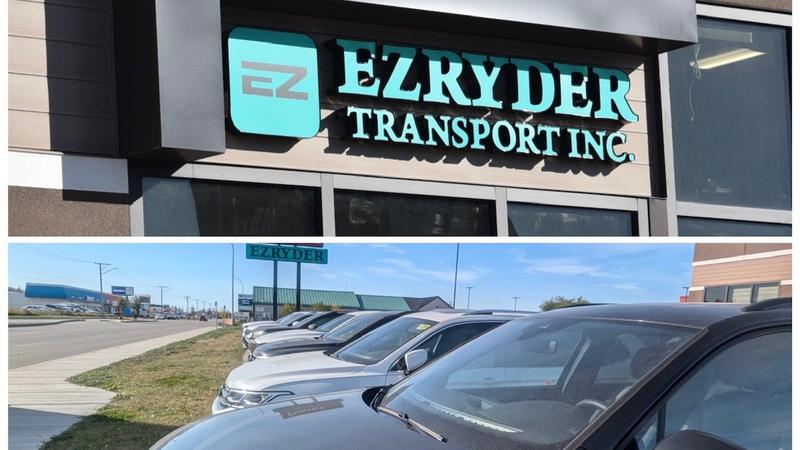
Defence Minister Anita Anand in D.C. to talk Ukraine, Norad with U.S. counterpart
WASHINGTON — Defence Minister Anita Anand is headed to the Pentagon to meet with her American counterpart, Lloyd Austin, as the war in Ukraine injects new urgency into cross-border military priorities.
Countering Russian aggression, Canada’s NATO spending and upgrading the continental defence system known as Norad are likely high on the agenda.
Anand and Austin, the U.S. defense secretary, were last face to face just two days ago during high-level military meetings in Germany
Vladimir Putin’s unprovoked invasion of Ukraine has galvanized concern about the continent’s ability to defend against long-range missiles being developed by Russia and China.


